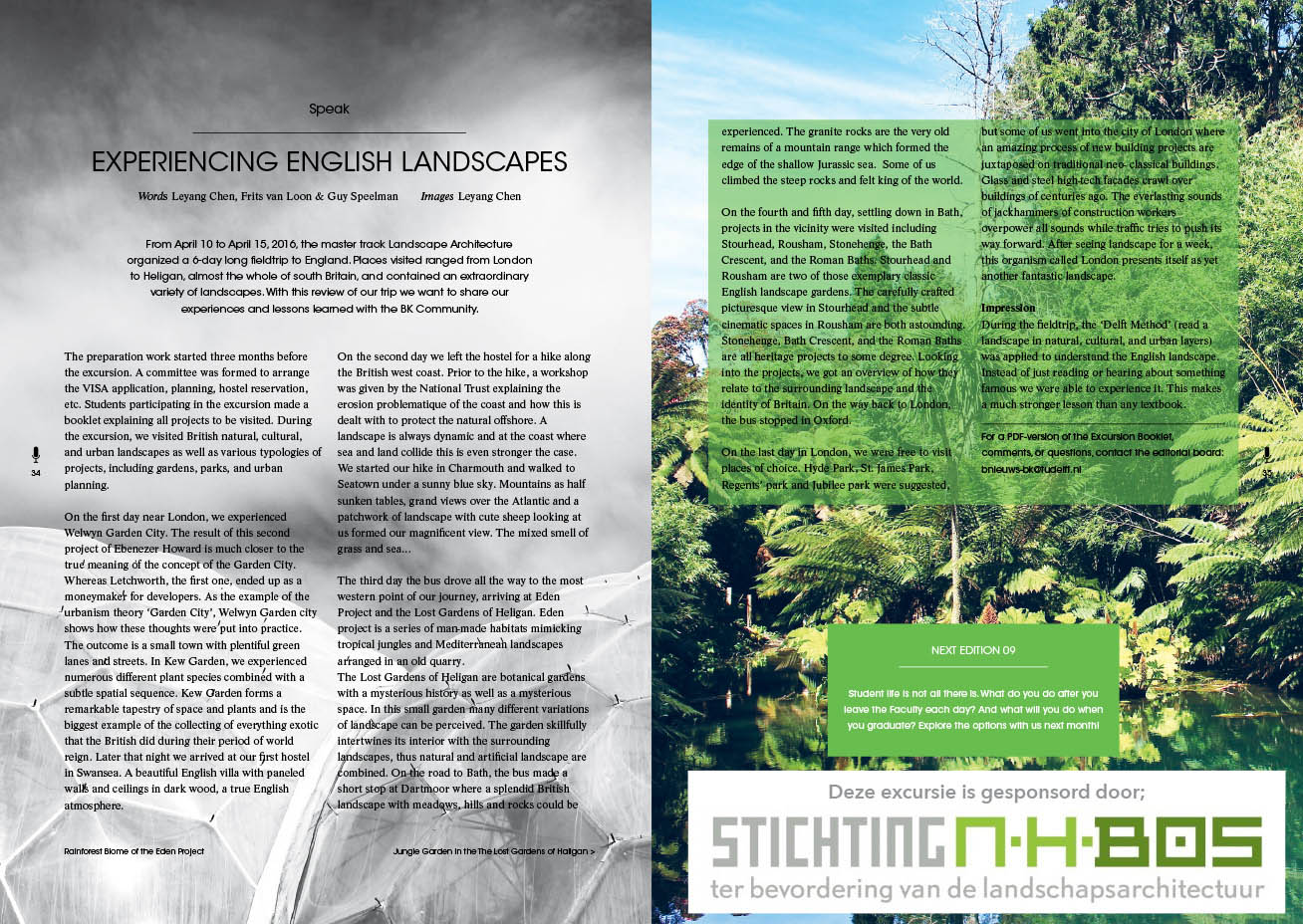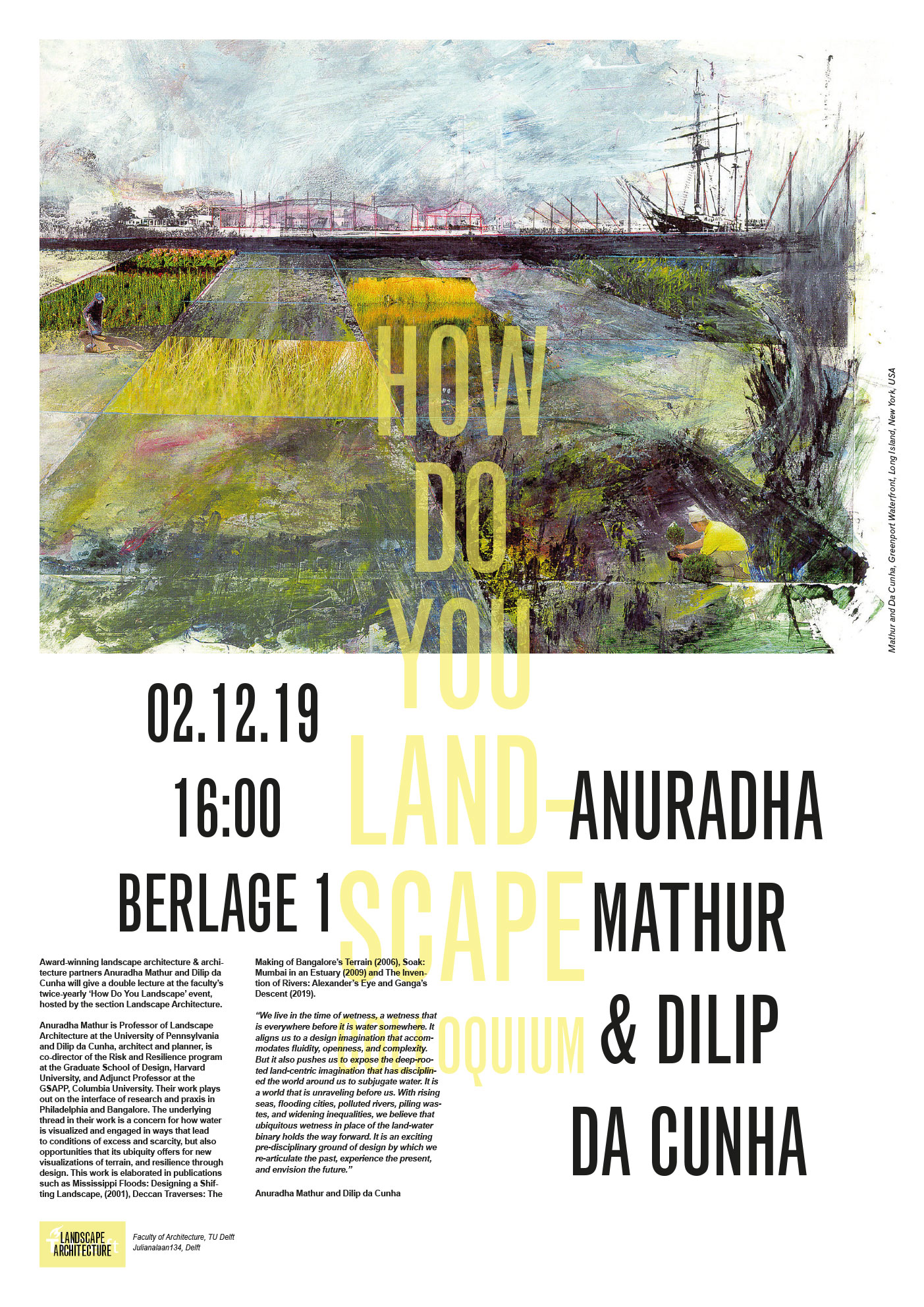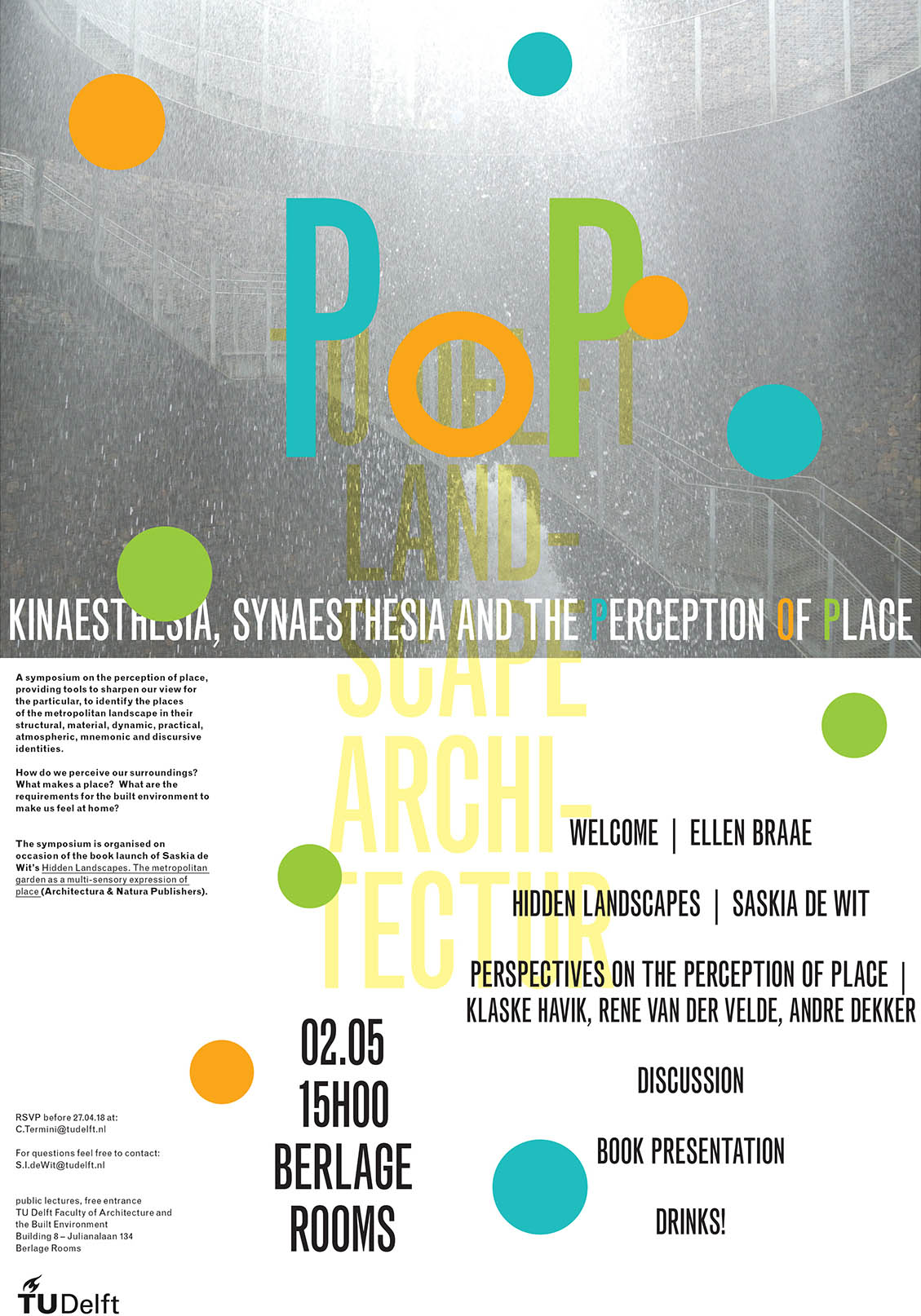The next How Do You Landscape? lectures on ‘Urban by Nature’ are coming up next week:
John Lonsdale is an Architect who studied at the AA in London and won the Prix de Rome for Landscape Architecture and Urbanism for his work Shifting Horizons: Towards a non-Deterministic Urbanism in 2001. In 2004 he established his own practice, exploring the relationship between architecture and landscape using buildings (or architecture) as the means through which to express his art. He received several Architecture Foundation funding grants for design and research, most recently for the project ‘Mud Ways, Towards a Shifting Architecture’.
He is guest lecturer in Architecture and Landscape Architecture in Versailles, Eindhoven, Dutch Academies of Architecture and the Sandberg Institute. He has led workshops and given talks on the subject of architecture and the perception of landscape, and is currently teaching at Rietveld Academy Amsterdam.
The landscape of the Netherlands intrigues him not because it resembles (or contrasts) to where he comes from, but because it holds a clearly legible tension spanning two perceptions of landscape: one that lends itself to the planned and controlled, the other to the wild and untamed, where things and phenomena are beyond the grasp of man. Both are necessary because our ‘sense’ of landscape is a product the tension that exists between both perceptions. This ‘sensing’ is the subject of the talk and will be illustrated by work including a landscape plan for a Peace Park in Gallipoli and a proposal for the inhabitation of a wetter, more sustainable Netherlands in the project ‘Mud Ways’.
Paul Roncken is an assistant professor for aesthetics working in design education and research at the Landscape Architecture Group of Wageningen University. He has seven years of commercial design experience at some of the best Dutch landscape design offices such as H+N+S, B+B, Copijn Utrecht, and has also worked at the municipality of Nijmegen.
His writing includes design critique, new agricultural landscapes and creative methodology. He also gathers professionals together to work on public art projects such as ‘Art of the A50 Motorway’ and ‘thousand year wood’. His ‘landscapemachines.com – design laboratory’ founded in 2012, develops new agricultural products by natural succession and landscape regeneration.

Paul Roncken’s lecture at Delft will start with a well known photograph by Edward Burtynski of a beautiful red river running through a barren blackish landscape. A paradox created by the strikingly contrasting colors and the recognizable lifelessness of a toxic river. The dramatic consequences of such a heavily polluted vein of planet earth is rivaled by the sheer visual presentation of such a provocative landscape. This aesthetic effect has complex ethical implications of devastating beauty. At times humans seem to ‘like’ the image of malfunction in landscapes with an inescapable stimulus that is aroused by a vivid intensity and the organic complexity of something that may be a-moral, but is nevertheless authentic and ‘real’. Such a type of imagery can become a symbol of the inherent duality marked by both life and death. One image, revealing, abundant, clear and bizarrely desolate.
This paradoxical aesthetic effect was articulated in the eighteenth century by the idea of ‘the sublime’. For the contemporary design of landscapes, the idea of the sublime ought to be much more relevant than is currently expressed in its theory, practice and teaching. A more consequent reference to the sublime will, as our speaker will argue, elaborate the specific potentials of aesthetics found in landscapes. It will also allow designers to more firmly relate to similar interests researched by environmental psychology and philosophy, but even also neurology and pedagogy.
14.10.2014 16h00 – ca. 18h00
public lecture, free Entrance
at Landscape Architecture
TU Delft Faculty of Architecture
Building 8 – Julianalaan 134
Room to be announced here





The lectures today will be in Room 02midden110 (the new landscape architecture studio).